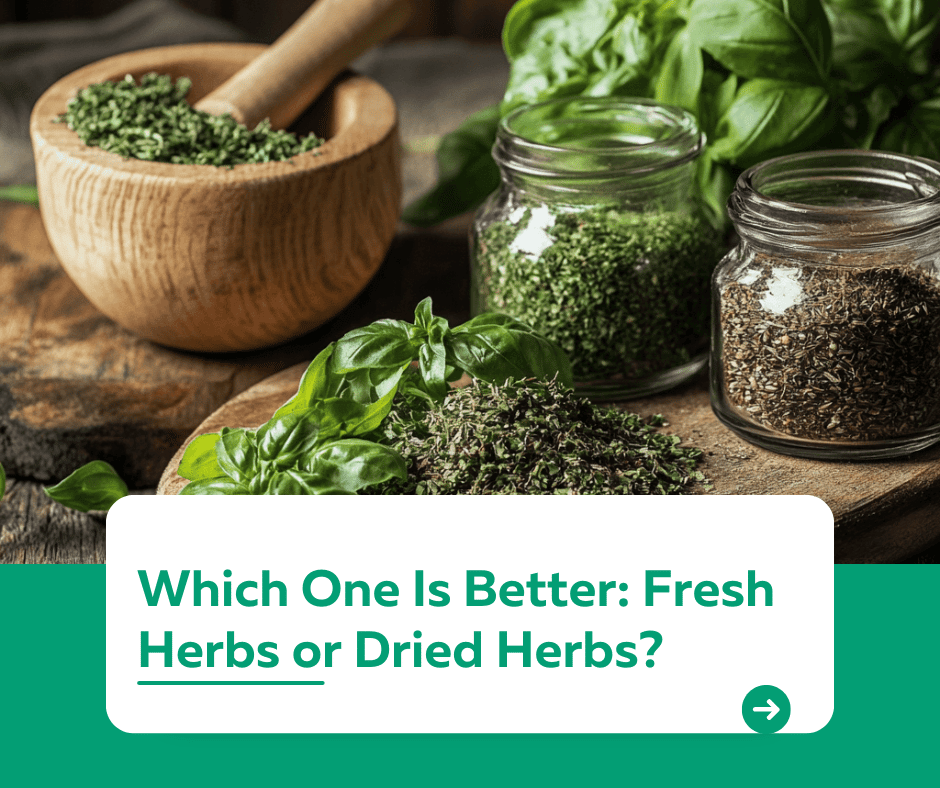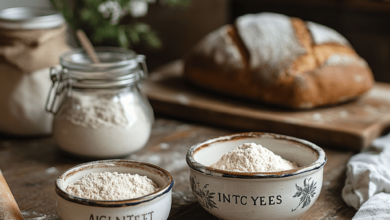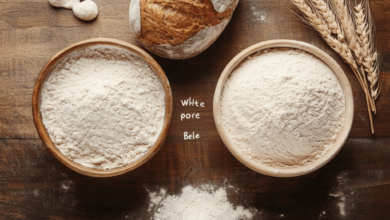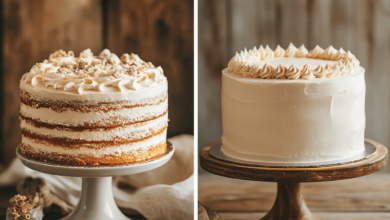Which One Is Better: Fresh Herbs or Dried Herbs?

Introduction
“Which one is better: fresh herbs or dried herbs?”
Herbs are a vital ingredient in cooking, enhancing flavor and aroma in any dish. While both fresh and dried herbs have their place in the kitchen, understanding their differences can help you choose the right one for your recipes. In this guide, we’ll compare fresh and dried herbs, their best uses, and how to make the most of each type.
1. Fresh Herbs: Bright and Aromatic
Fresh herbs are harvested directly from plants and have a vibrant flavor and aroma.
- Key Features:
- High water content, which contributes to their bright, delicate flavor.
- Best used as a finishing touch or in dishes with minimal cooking.
- Best Uses:
- Salads, garnishes, and sauces like pesto.
- Dishes with short cooking times, such as stir-fries or quick sautés.
Tip: Add fresh herbs toward the end of cooking to preserve their flavor.
2. Dried Herbs: Concentrated and Long-Lasting
Dried herbs are dehydrated, concentrating their flavors and extending their shelf life.
- Key Features:
- More potent flavor due to reduced water content.
- Longer shelf life, making them convenient for pantry storage.
- Best Uses:
- Slow-cooked dishes like soups, stews, and braises.
- Spice blends, rubs, and marinades.
Tip: Use smaller amounts of dried herbs—typically one-third the amount of fresh herbs in a recipe.
3. Comparing Flavor and Aroma
- Fresh Herbs: Deliver a bright, delicate flavor.
- Dried Herbs: Offer a deeper, more concentrated taste.
Tip: Fresh herbs are ideal for dishes where flavor stands out, while dried herbs work well in recipes with long cooking times.
4. Cost and Convenience
- Fresh Herbs:
- Often more expensive due to shorter shelf life.
- Require proper storage to stay fresh.
- Dried Herbs:
- Affordable and easy to store for months.
- Perfect for infrequent use or in large quantities.
5. How to Substitute Fresh and Dried Herbs
When substituting one for the other:
- Use 1 tablespoon of fresh herbs for every 1 teaspoon of dried herbs.
- Adjust to taste, as some dried herbs can be more potent.
Conclusion
Both fresh and dried herbs have their unique strengths, making them essential for different cooking needs. Fresh herbs shine in raw dishes and quick recipes, while dried herbs excel in slow-cooked meals and spice blends. By understanding their differences, you can confidently choose the right herbs to enhance your dishes.
For more cooking tips and ingredient comparisons, visit our Kuestion.com.




